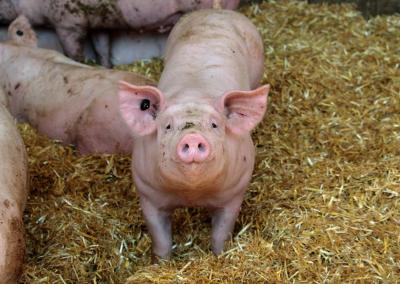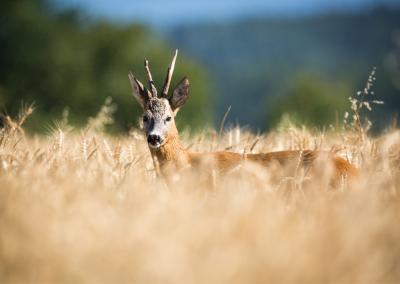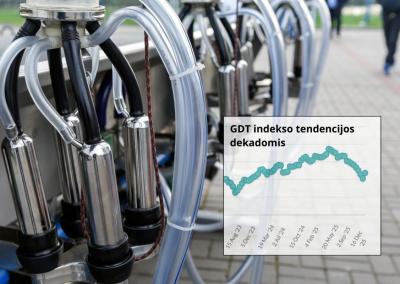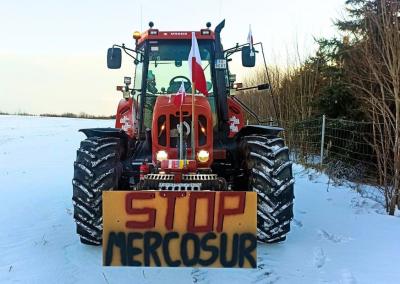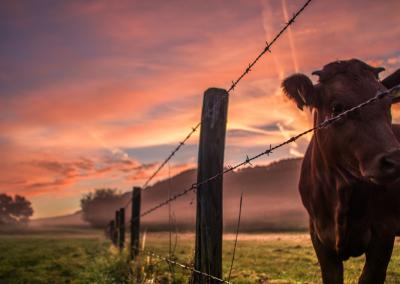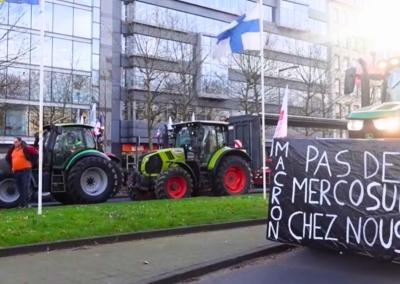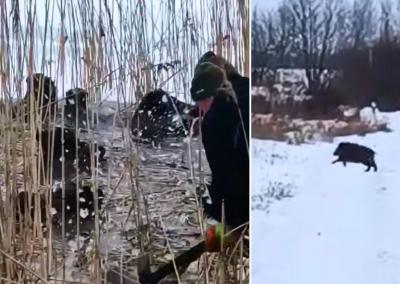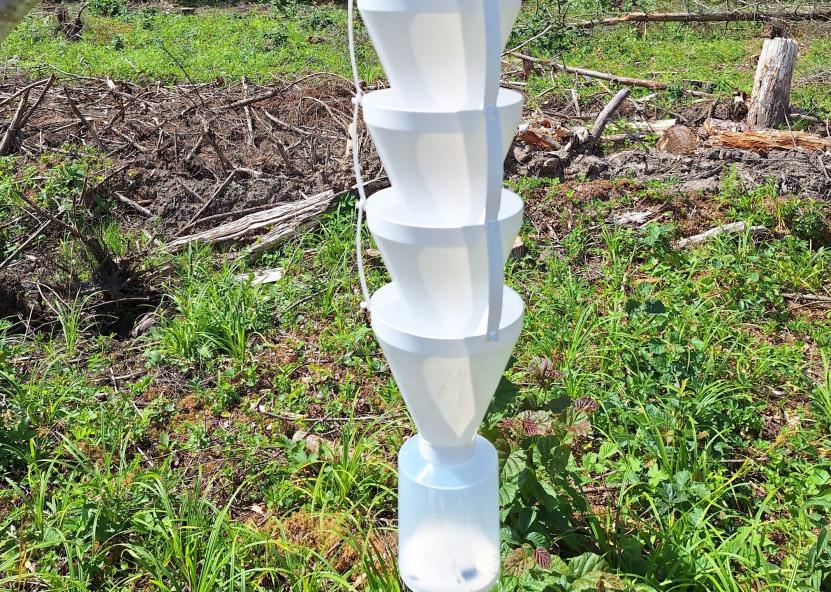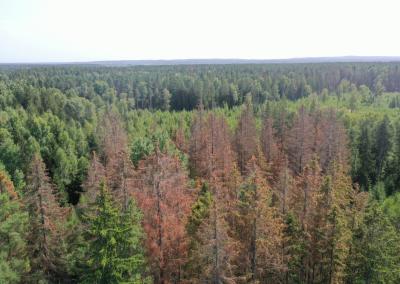The second generation of Bark Beetle Typograph starts the year one-third more abundant than last year
The second generation of Bark Beetles was 28% more abundant than last year. The increase is due to the earlier development of the second-generation bark beetles. The record warm weather in March led to an unusually early start for the Bark Beetle to fly and infest green spruce trees. Flying started 3–4 weeks earlier than usual.
In the first week of July 2024, a fourth survey of flying bark beetles was carried out on the bark beetle (Ips typographus L.). Beetles that were caught in the traps used for population monitoring were counted. The number of bark beetles caught was 28% higher than in the same period of 2023. Flying beetles increased in 14 regions compared to the previous period, 1 remained at a very similar level and 7 regions experienced a decrease.
They were particularly abundant in spruce forests in the southern regions of Lithuania, and very abundant in the central and northern regions.In the near future, the highest number of bark beetles was caught in the regions of Trakai (4117 in a trap), Radviliškis (3851) and Prienai (3031). The highest increase of flying caterpillars during the fourth census was observed in the regions of Rokiškis, Radviliškis, Ukmergė and Ignalina. The lowest number of bark beetles was recorded in the spruce forests of the Žemaitija region.
Over the four surveys, an average of 12229 beetles were caught per trap (13427 in 2023), or 9% less than last year. Although this year's fourth count was markedly more abundant than last year, due to the 13% lower catches in the first three counts, the average bark beetle catch in 2024 remains slightly lower than last year.
The State Forest Service reminds that the Forest Sanitary Protection Regulations oblige forest owners to cut down green spruce windbreaks, snowdrops and severely damaged trees before dangerous pests have taken up residence in their trunks, while coniferous trees, before the first pupae have formed, shall be felled by sanitary felling and removed within 3 km of the edge of the stand where more than 20 % of the coniferous tree species are found., or barking of trees colonised by kinivarps.










